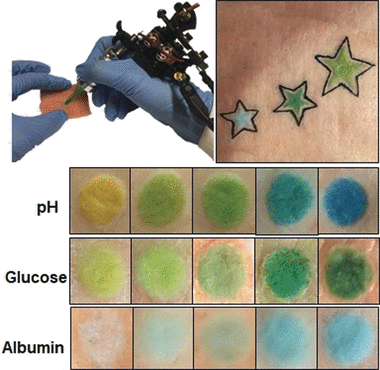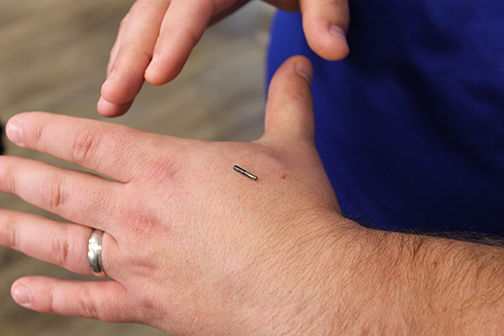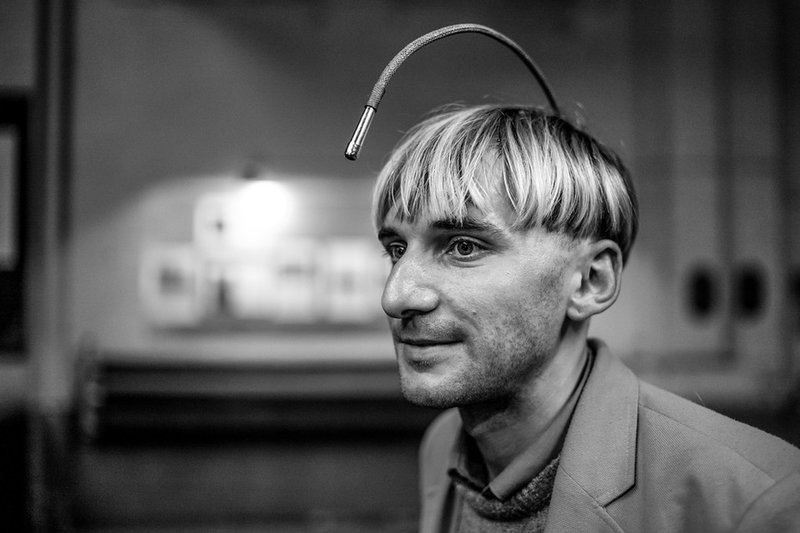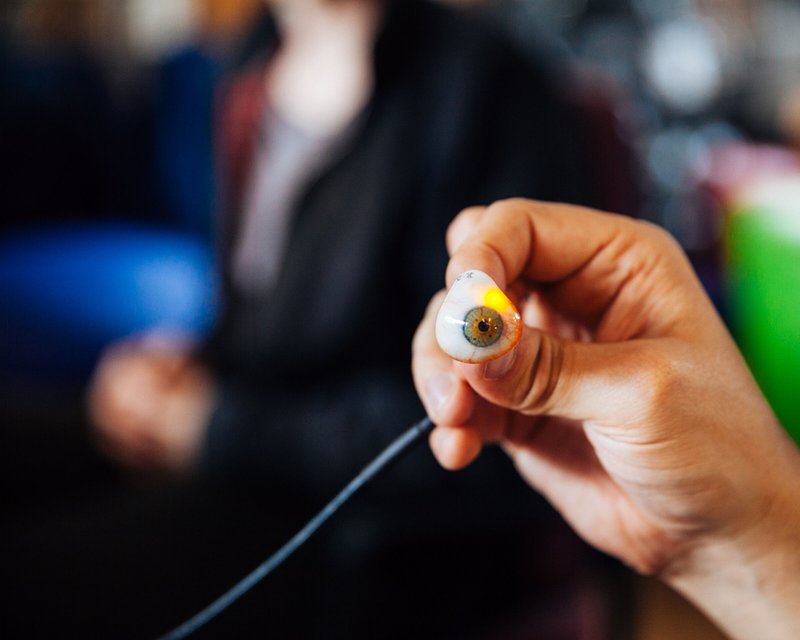Implants
From Grinders to Biohackers: where medical technology meets body modification
A new generation of patients are demanding medical interventions that not only make it easier to manage medical conditions, but also enhance their day-to-day lives. Engineers and researchers have responded with futuristic innovations that push the boundaries of biohacking. Chloe Kent rounds up the bizarre and brilliant innovations that could be the future of medicine as we know it.

T
ranshumanism is a philosophical movement, which advocates for the advancement of human intellect and physiology by merging the flesh and blood body with machines. While technologically enhancing the human body is nothing new – think hearing aids, prosthetic legs and pacemakers – the approach of the transhumanists certainly is.
As human enhancement becomes more commonplace, it seems the extremes people will go to, to transform their physical design are being pushed further and further. Of course, not everyone who undergoes these kind of enhancements will necessarily identify as a transhumanist, and may more accurately be described as biohackers – people who try and change their physiology through science and self-experimentation, without necessarily absorbing the practice as a guiding philosophy.
‘Grinders’ are part of a biohacking subculture, who seek to become cybernetic organisms (aka cyborgs) by optimising their bodies with gadgets and implants inserted under the skin. From bone-conducting implants in the skull that allow colour-blind people to hear colour to a medical ID stored within a chip in someone’s hand, Medical Technology rounds up the most exciting ways biohackers are combining healthcare interventions with a little something extra.

Image courtesy of Wiley
Dermal biosensor tattoos: a new frontier in health monitoring
A team of scientists at the Technical University of Munich has developed a biosensor ink, which can be applied to the skin as a tattoo. The colourimetric formulation is injected into the skin in an artistic design, instead of tattoo ink, and will vary in colour if certain blood biomarkers change.
As detailed in the journal Angewandte Chemie, the researchers have developed three different chemical solutions that change colour in response to biomarker shifts. All start out yellow in a neutral state.
The first is a simple pH indicator that turns blue if skin pH changes from five to nine, while the other two sensors focus on glucose to monitor blood sugar and the presence of protein carrier albumin. The glucose sensing ink reacts to the enzymatic reactions of glucose oxidase and peroxidase, turning the pigment dark green. Meanwhile, the albumin sensor turns a lighter shade of green upon contact with the albumin protein.
The tattoos have only been tested on pig skin so far, with the biomarkers artificially modified by researchers, but the team believes the inks could be generalised to patients to give then the option of low-cost, long-term health monitoring.

Image courtesy of Three Square Market
RFID/NFC implants: taking chipping a level up
Popular with grinders worldwide, glass-encased radio frequency identification (RFID) and near field communication (NFC) chips can be scanned with Android phones and computers to store information. They can be used in lieu of PIN codes or fingerprint recognition to unlock compatible mobile phones, store vital data and even pay for goods using contactless card readers.
In 2017, US tech firm Three Square Market gave employees the option to be implanted with microchips that let them unlock open doors, log into computers and pay for snacks from vending machines in their offices.
Both chips are passive devices that use different types of radio frequency to operate, without a battery or power source, so they won’t do anything until they interact with a device, which can read the information inside.
While this technology is useful for able-bodied people, it could be life changing for disabled people. For those who struggle with dexterity, for example, installing an RFID-powered lock could allow them to pass in and out of their homes with ease.
Winter Mraz has five cyber implants in her body, including an NFC chip which typically contains her business card. However, when she travels, she uploads a link to a website she’s made with all her medical information.
Mraz says: “I have an autoimmune disease, so I’m allergic to a lot of things, and it’s way too much to put on a medical alert bracelet. So instead I’ve got all of the information like what I’m allergic to, what medication I can’t have, what type of EpiPen I use, on there.
“I say [cyber implants] are proactive verses reactive. It just becomes passive, you don’t think about it anymore, it’s just a natural thing for you to do.”

Hearing colours: bone-conduction induced synaesthesia
Neil Harbisson was born with a rare form of colour-blindness called achromatopsia, which causes him to see the world entirely in greyscale. In order to experience colour, he started a project with a group of scientists to install an electronic antenna on the top of his head.
The antenna uses bone conduction through Harbisson’s skull to generate different sounds in response to the colours it picks up. He has now heard this ringing out constantly through his head since its installation in 2003.
In 2009, the antenna was modified to respond to infrared and ultraviolet light too, light frequencies that cannot be perceived by regular human vision. The antenna has essentially allowed Harbisson to not only match regular human abilities despite his condition, but surpass them.
The implant also contains a Bluetooth chip which allows him to receive colour signals sent from smartphones.
The surgery to implant the antenna was repeatedly rejected by bioethical committees, but ended up progressing regardless by virtue of an anonymous doctor.

Image courtesy of Eyeborg
The Eyeborg Project: didn’t see that coming
Rob Spence is a one-eyed filmmaker, who wears a prosthetic eye with a wireless video camera embedded inside.
The camera eye is made up of a two part sealable prosthetic shell, a circuit board, battery, camera module, and wireless video transmitter. He has two to choose from, one which looks realistic and another which glows red and looks like the Terminator’s eyes.
Spence says: “I swap between the two of them as a prosthetic eye is as switchable as a pair of earrings. I tend to pop one in when I am filming something interesting. And I often wear an eyepatch.”
The camera isn’t connected to his optic nerve, so it doesn’t allow him to miraculously have full vision, but it can record everything he sees for roughly 30 minutes before the battery runs out.
The eye sends video signal to a receiver, through which it can then be streamed to a monitor, recorded and/or sent to the internet.
Currently, Spence is working alongside a team of engineers to develop a 3D printed version, which will make it easier to design the tech inside and streamline the manufacturing process. Keen to share the prosthetic with other one-eyed people, he wants to start selling 3D printed wireless eye cameras in the future.
“For me being an Eyeborg is all about taking a bad situation and making it better,” says Spence. “I don't have to just ‘fit in’ with a prosthetic, I can celebrate my cyborgness and individuality. In other words, being one eyed can be fucking cool.”